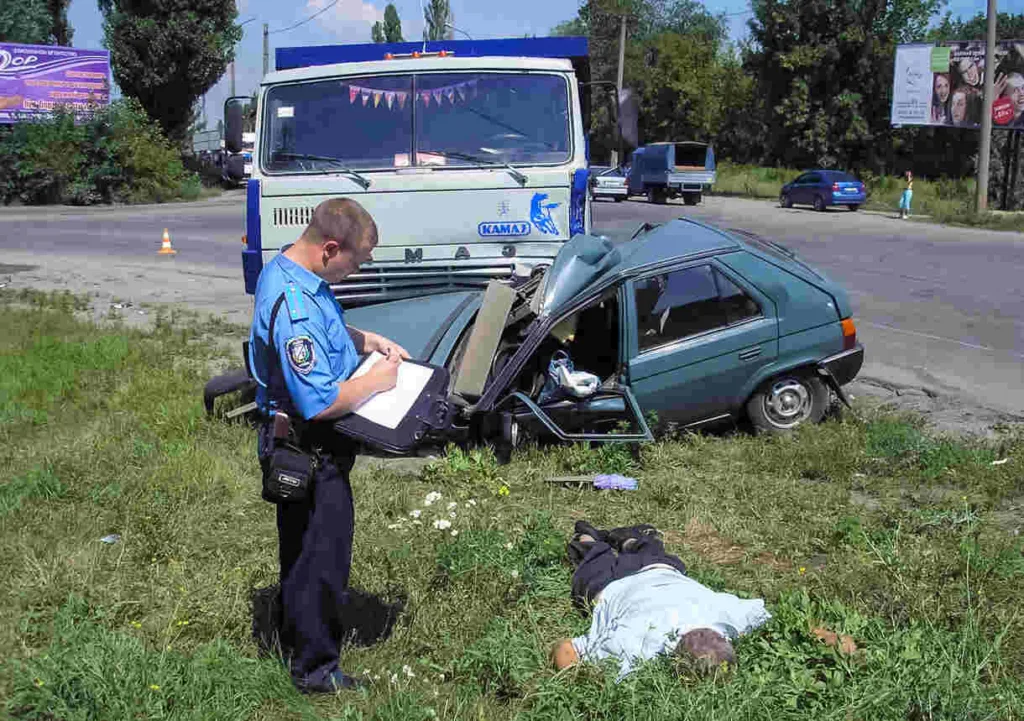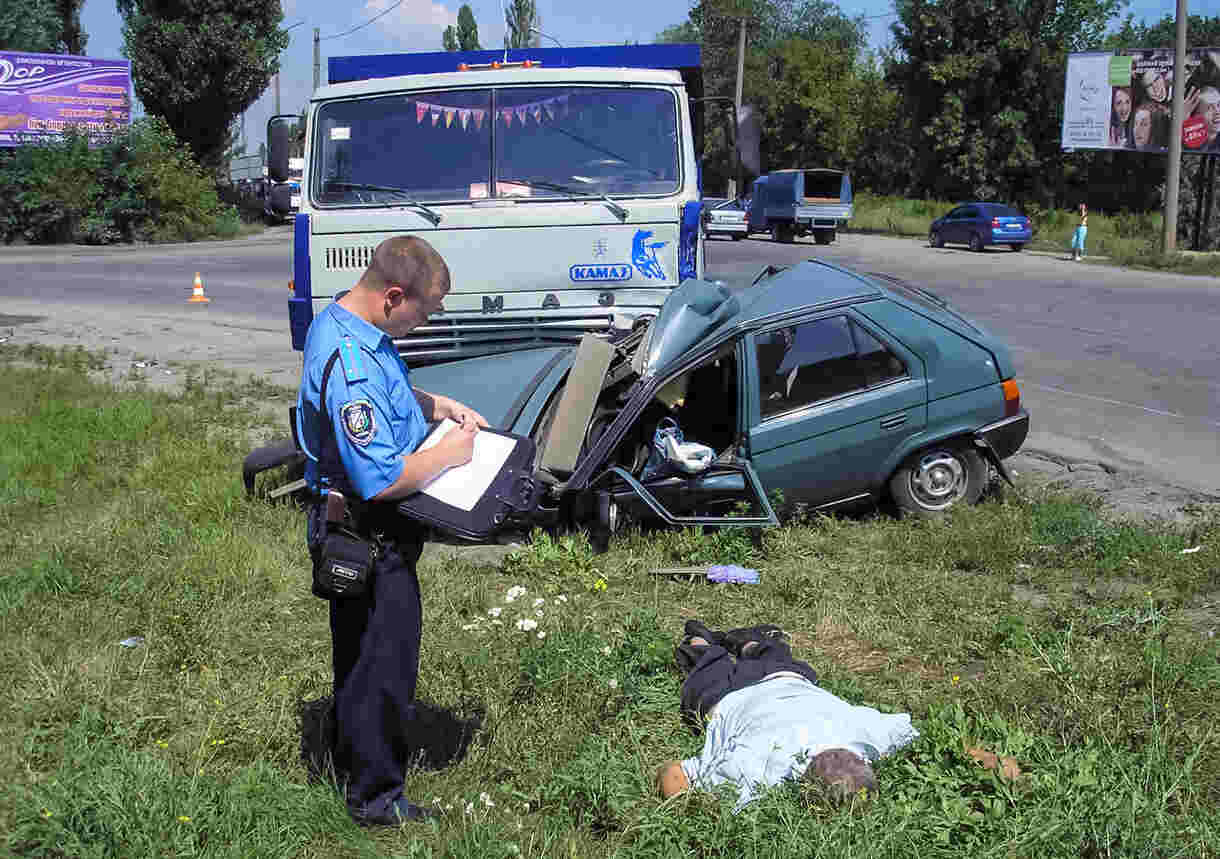When you’re injured in a car crash in Texas, one of the most important things you can do is gather evidence. Insurance companies don’t offer fair settlements based on your word alone—they require proof. And in a city like Houston, where traffic is heavy, surveillance cameras are standard, and most modern vehicles contain crash-recording technology, some of the most substantial evidence may already exist.
At Hollingsworth Law Firm, our personal injury attorneys help our clients access, preserve, and use key forms of evidence, like police reports, surveillance footage, and black box data, to build the strongest possible case. Here’s why each of these can make or break your claim.

The Role of Police Reports in Car Accident Claims
After a crash, law enforcement officers are usually among the first to arrive at the scene. They investigate what happened, collect witness statements, and document physical evidence. This gets recorded in the police report, which becomes a critical starting point in any personal injury claim.
Police reports often include:
- Diagrams of the crash scene.
- Statements from drivers and witnesses.
- Noted traffic violations or citations issued.
- Initial assessment of fault or contributing factors.
- Weather and road conditions at the time of the crash.
Although police reports are not the final word in civil cases, they can strongly influence an insurance adjuster’s or jury’s perception of fault. Inconsistent or incomplete reports can be challenged, but when they support your claim, they’re often one of your most persuasive pieces of evidence.
How Surveillance Footage Can Support Your Claim
Houston is filled with commercial buildings, traffic cameras, and residential security systems—all of which can provide crucial footage of the moments before, during, or after a crash. This kind of visual evidence can either support your version of events or contradict it, so it’s essential to act quickly to secure it.
Surveillance footage can help:
- Confirm the direction and speed of vehicles.
- Capture a driver running a red light or stop sign.
- Identify third-party involvement.
- Refute claims of sudden stops or exaggerated impact.
Many security systems overwrite footage within days. If hired early in your case, we’ll send preservation letters to nearby businesses and city departments to request and retain any relevant video evidence before it’s lost.
Unlocking Vehicle Black Box Data in Car Crash Investigations
Most newer vehicles have an Event Data Recorder (EDR), a “black box.” These devices collect vital crash data, such as vehicle speed, braking patterns, seatbelt usage, and steering inputs, for five to ten seconds before impact.
Black box data can:
- Show how fast a driver was going.
- Prove whether braking occurred before a collision.
- Reveal erratic or aggressive driving behavior.
- Support or disprove conflicting testimony.
This data is compelling in disputes where fault is contested. Our legal team works with accident reconstruction experts to extract and interpret this information accurately and use it strategically in your case.
Let Hollingsworth Law Firm Preserve the Evidence That Matters
When it comes to car crash claims, evidence is everything. Police reports, video footage, and black box data can prove who was at fault and how the collision occurred. However, this evidence can disappear quickly if it is not appropriately preserved.
At Hollingsworth Law Firm, our Houston car accident attorneys take swift, strategic action to secure and analyze all available evidence. If you’ve been injured in a crash, don’t wait—contact us at 713-637-4560 or online today for a free consultation, and let our experienced team start building the case you deserve.
Related Blogs:
About The Author
Steve Hollingsworth
Steve Hollingsworth is a seasoned trial attorney with extensive experience across Texas. After beginning his career as a felony prosecutor, Steve went on to represent major insurance companies before focusing on helping individuals injured in car, motorcycle, trucking accidents, and premises liability cases. Founder of his own firm, Steve is committed to providing personalized, client-focused legal representation to ensure justice for those he serves.

















